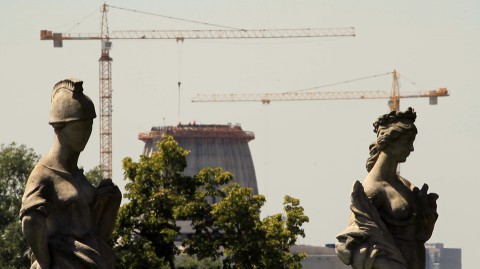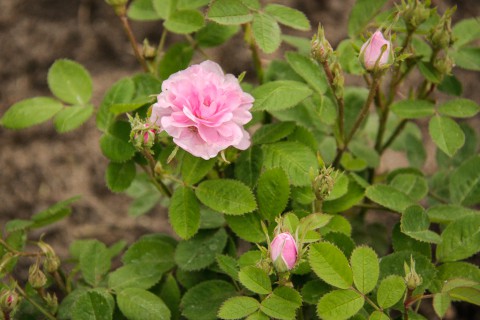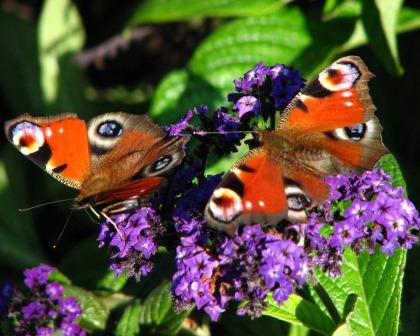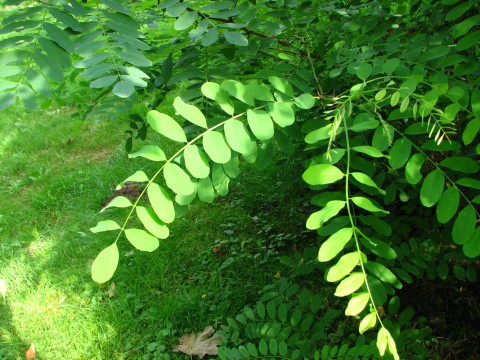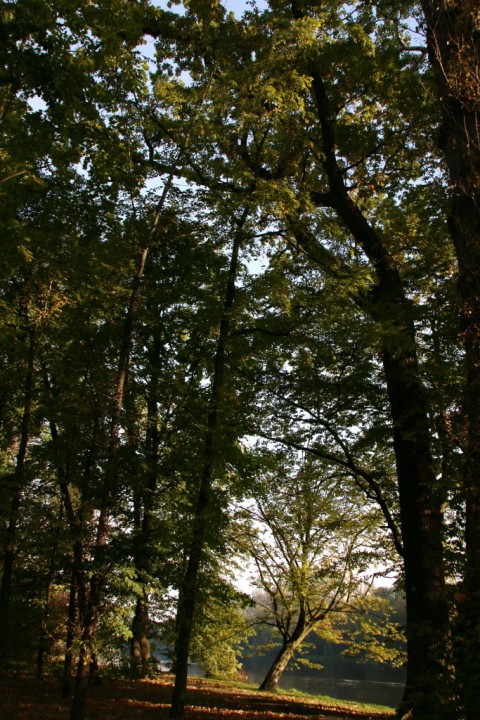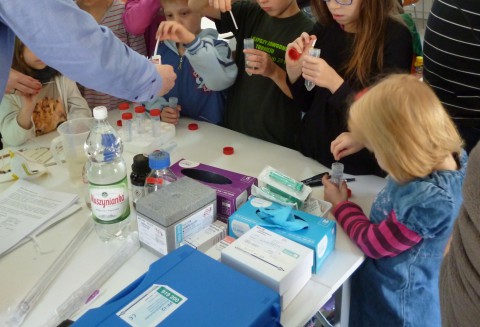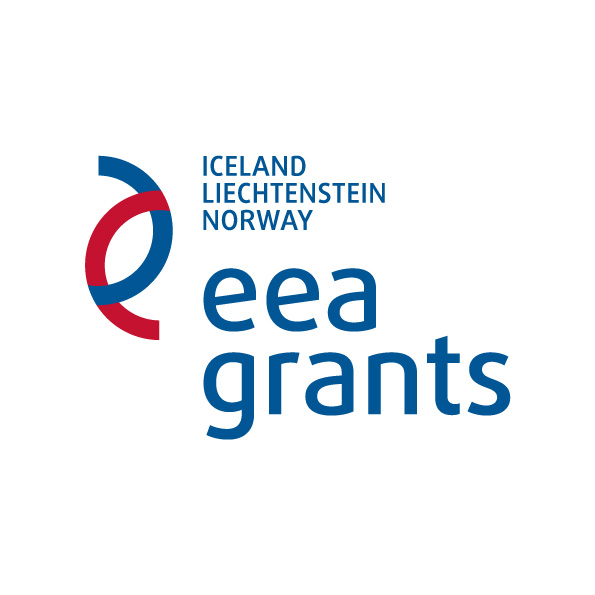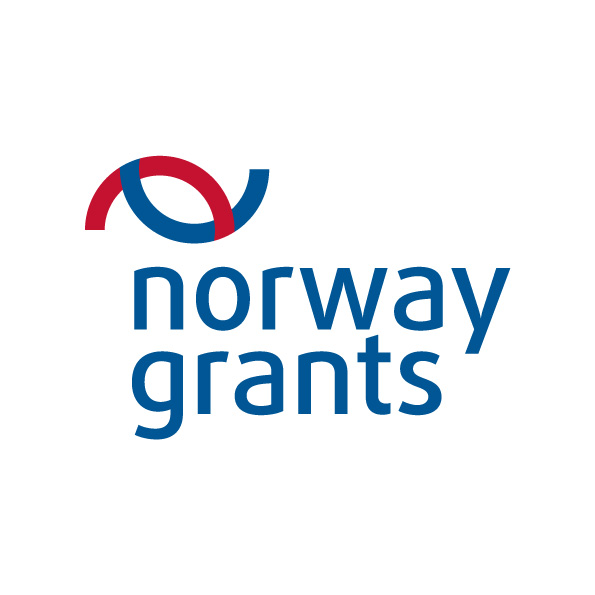Social education in the conflict between urbanisation and ecology – selected project activities
A cycle of debates which comprise meetings with residents and discussions on the issues of the intrinsic connection between mankind and the environment, constitute a major element of the project. So far we have focused on the city's impact on the natural environment of the Wilanów garden, the crucial role of bees in the Wilanów ecosystem, the biodiversity of the Morysin nature reserve, and the bird species that find their habitats in the Wilanów park.
Historic rose collections
We have undertaken to recreate the collections of historic rose species, the number of which used to be truly impressive. We have made it our objective to restore the oldest species which are thought to have grown in the Wilanów garden back in the 17th and 18th centuries. As a result of these efforts, you can now admire the branchy Rosa alba ‘Maxima’, which has been known to decorate gardens since as early as the Antique period, the carmine Rosa gallica ‘Officinalis’, which was brought to Europe before 1310 by 13th-century crusaders, and the Damascene rose, that is correctly associated with the happy ending of the infamous Wars of the Roses.
Since July 2015, the northern landscape park at the bay has featured 11 species of historic roses, known in Poland before 1800, which are now pleasing the visitors' eyes.
Nature walks
Nature walks provide an excellent opportunity to explore the Morysin wildlife park, and to listen to captivating stories of various domestic and foreign, flying and flightless, residents of the Wilanów garden. You can also get a grasp of the history of establishing the Wilanów garden, which will almost be like an excursion through Italy, France and England.
Terrestrial ecosystem studies – invasive species
A number of unwanted alien plant species considered invasive have made their way to the green areas surrounding the Wilanów Palace. They do not form a valuable part of the park and forest complex, as they can contribute to domestic species’ displacement and ecosystem impoverishment.
The conducted studies have allowed the identifying of several invasive alien plant species within the area of the Wilanów Palace complex, including the following alien tree species: the common dogwood (Cornus sanguinea), the boxelder maple (Acer negundo), the black locust (Robinia pseudoacacia), the northern red oak (Quercus rubra) and the bristly locust (Robinia hispida), as well as shrub species: the common dogwood (Cornus sanguinea L.), Rosa rugosa (Rosa rugosa Thunb.) and the Siberian dogwood (Cornus alba L.).
Wilanów tree monuments
The museum, as a guardian of historic assets, takes care of both cultural and natural monuments. Studies of tree monuments located in the Museum of King Jan III's Palace at Wilanów have been undertaken as part of the project in question. By 2015 as many as 28 tree monuments have been catalogued, representing the following six species: oak (Quercus sp.), hornbeam (Carpinus sp.), lime (Tilia sp.), alder tree (Alnus sp.), poplar (Populus sp.) and elm (Ulmus sp.) tree. Out of the 28 trees listed, one is a dead tree of which all the upper branches have been removed, while the other 27 are living trees of impressive beauty, preserved in a good condition.
Family meetings
The project envisaged educational meetings addressed to families with children. The workshop participants could learn about the life of bats, dragonflies, various birds and plants, and the water environment. They have also analysed the air quality in the Wilanów park.
The EEA Grants and Norway Grants represent the contribution of Iceland, Liechtenstein and Norway to reducing economic and social disparities and to strengthening bilateral relations with 16 EU countries in Central and Southern Europe. In the period 2009–2014, the EEA Grants support 86 programmes in 16 countries in Europe. The EEA Grants are available to the 13 EU member countries that joined the EU and the European Economic Area (EEA) in 2004, 2007 and 2013 as well as Greece, Spain and Portugal.
The EEA Grants are jointly financed by Iceland, Liechtenstein and Norway. The three countries contribute to the grant scheme according to their size and economic wealth. Of the €993.5 million set aside for the 2009–2014 period, Norway represents around 94%, Iceland close to 5% and Liechtenstein just over 1%. The decision-making body of the EEA Grants is the Financial Mechanism Committee, which is composed of representatives of the Foreign Ministries of Iceland, Liechtenstein and Norway.
At least 30% of the funding is allocated to environmental protection, climate change measures and renewable energy. Improving energy efficiency and increasing the share of renewables in energy use is a key objective of the Grants. Funding backs projects to improve energy efficiency, develop energy efficiency initiatives for small businesses and increase renewable energy production. Curbing marine pollution, improving environmental monitoring and preserving biodiversity are also important priorities for the EEA Grants.
Source of information about EEA Grants: eeagrants.org. For more please visit the Official Site of EEA Grants and Norway Grants.
suggested

Project “Social education in the conflict between urbanisation and ecology at the Wilanów Palace Museum”
The Palace of King Jan III and the surrounding park are located at the outskirts of a dynamically developing city. …

Social education in the conflict between urbanisation and ecology - movie
The aim of project “Social education in the conflict between urbanisation and ecology at the Wilanów Palace Museum” is to …

Social education in the conflict between urbanisation and ecology - what we do?
As part of the project, we conducted studies of air, water, animals, and plants, such as air content analyses in …


